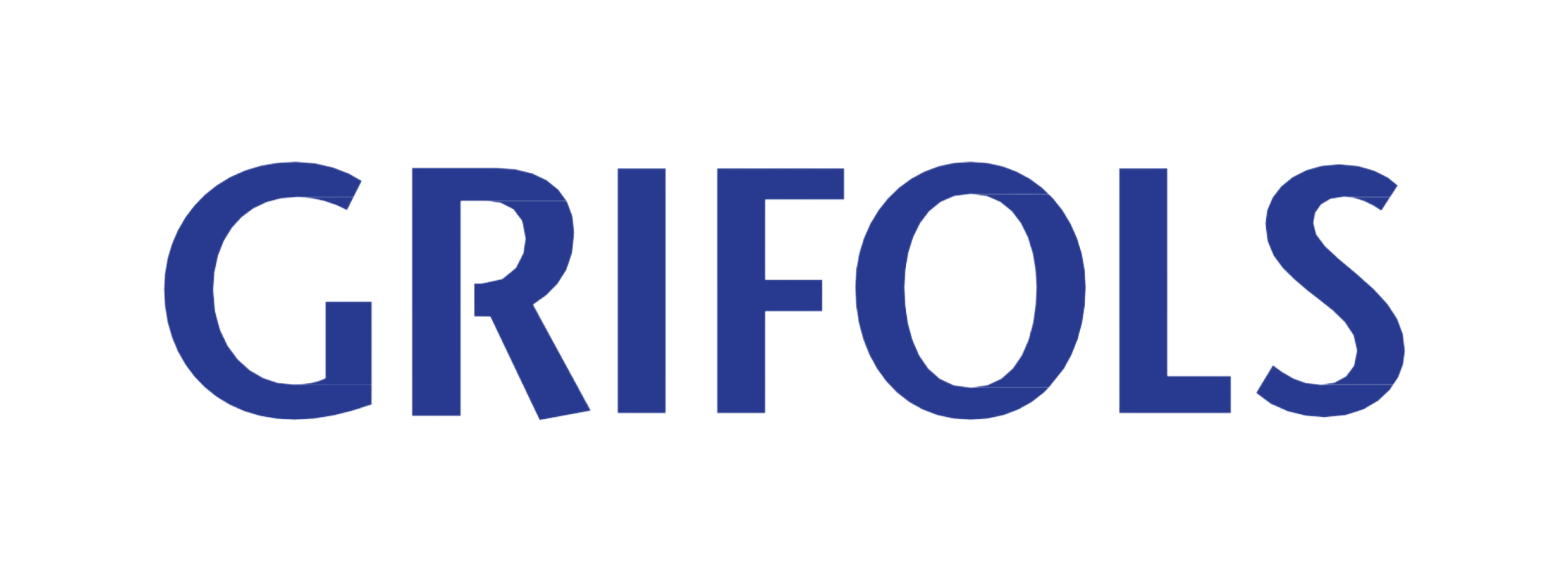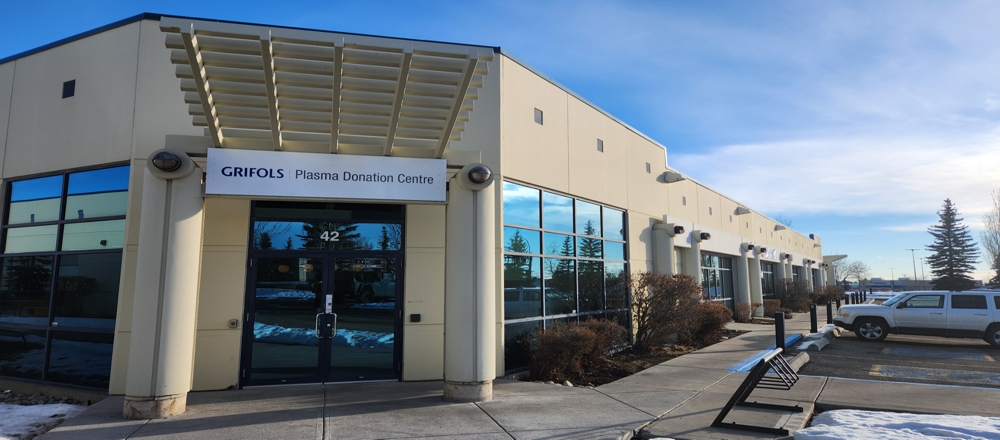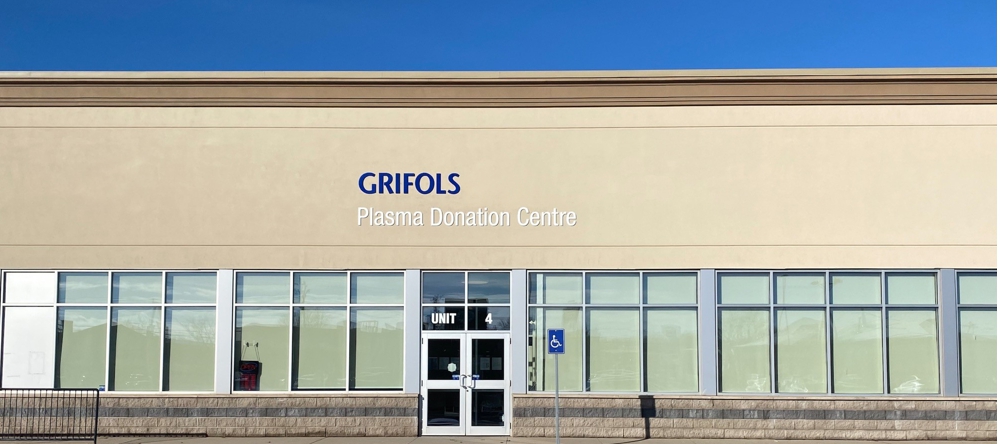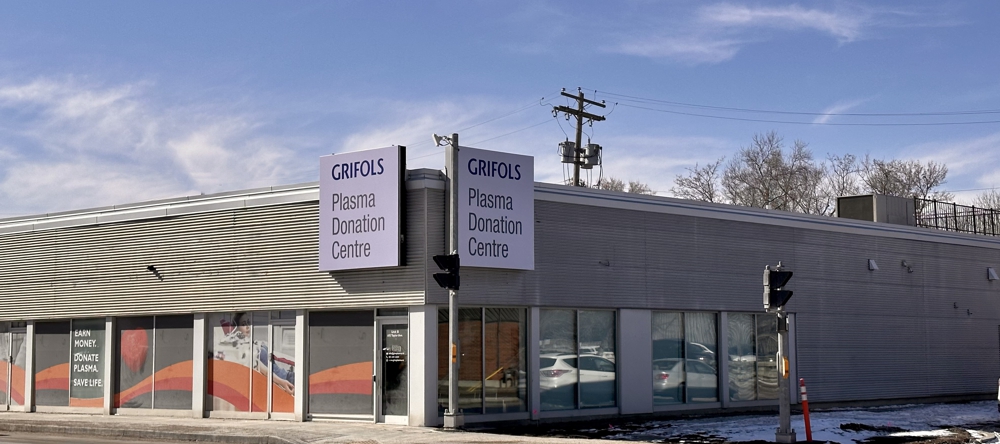plasma donor
septembre 27, 2019
Plasma donation is a completely safe process that has been closely regulated by Health Canada since the late 1990s, and today Canada’s blood system is considered to be one of the safest in the world. Donor restrictions have been put in place to ensure that tainted blood supplies don’t make their way to individuals that require the lifesaving therapies manufactured from plasma. In today’s blog, we’ll be going over plasma donor restrictions and unpacking why they exist.
Plasma donors should be between 17 and 68 years of age.
At Canadian Plasma Resources, the minimum plasma donation age is 17 and the maximum plasma donation age is 68. Individuals who are younger than 17 are classified as legal minors who cannot give consent to donate plasma by themselves. An upper age limit has been set for plasma donations in order to mitigate potential health risks.
Plasma donors should weigh at least 50 kg (110 lbs).
Whole blood is drawn during the plasma donation process and since blood volume is in proportion to body weight, donors must weigh at least 110 pounds to donate plasma for their own safety. Donors who weigh less than 110 pounds may not be able to tolerate the volume of blood that is removed for plasma donation.
Plasma donors cannot donate blood within 56 days of donating plasma.
Making a donor wait 56 days between blood donations is a commonplace practice has been put in place to give the body time to replenish itself, especially its iron reserve. Since whole blood is drawn during the plasma donation process, waiting 56 days from your last blood donation is an extra precaution that should be taken.
It should be noted that donors do not have to wait 56 days between plasma donations and in accordance with CPR’s Health Canada approved standard operating procedures, donors can give plasma twice in a 7-day period so long as there is at least one rest day between the two donation days.
Plasma donors cannot get a tattoo or piercing within 12 months of donating plasma.
When you get a tattoo or piercing, you risk contracting an infectious disease if a sterile needle is not used. Some of these infectious diseases cannot be detected immediately.
Plasma donors must have a permanent address within 100 kilometers of a Canadian Plasma Resources facility.
Donor Recruiting Area (DRA) borders are imposed by the Plasma Protein Therapeutic Association (PPTA) through the International Quality Plasma Program (IQPP) certification process. Canadian Plasma Resource’s DRA borders require donors to reside within the Saskatoon/GSA or Moncton/GMA area.
Hopefully we’ve put some of the questions you may have had about donor restrictions to rest. If you meet all the eligibility requirements listed, we’d be thrilled to have you as a donor. At Canadian Plasma Resources, not only do you get to contribute to the well being of others, but you are also compensated for your time.
Book an appointment today!














